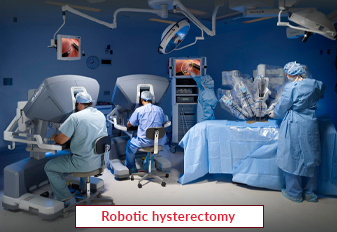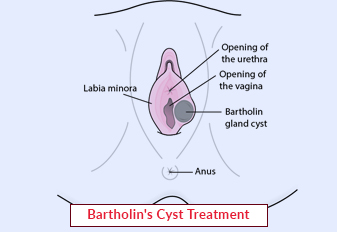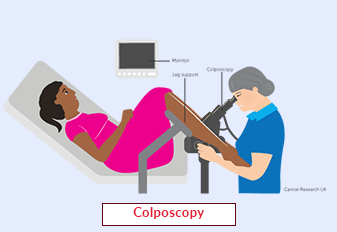Robotic hysterectomy

Robotic hysterectomy is an advanced surgical technique that combines the precision of robotic technology with the expertise of a skilled surgeon to perform a minimally invasive removal of the uterus. This innovative approach offers numerous benefits over traditional open or laparoscopic hysterectomy, including smaller incisions, reduced blood loss, faster recovery, and improved surgical outcomes. In this article, we will explore the concept of robotic hysterectomy, its significance in gynecological surgery, and the procedure involved in this state-of-the-art technique.
Book an AppointmentAbout Robotic hysterectomy
Robotic hysterectomy is a minimally invasive surgical procedure that utilizes robotic-assisted technology to remove the uterus. This approach allows the surgeon to perform complex maneuvers with enhanced precision and control, thanks to the robotic system's sophisticated instruments and high-definition imaging capabilities. The surgeon controls the robotic arms from a console, guiding the instruments inserted through small incisions to perform the surgery with greater dexterity and accuracy.
Procedure of Robotic hysterectomy
-
Patient Preparation: Before the surgery, the patient undergoes a comprehensive evaluation, including a medical history review, physical examination, and preoperative testing. The surgical team discusses the procedure, potential risks, and benefits with the patient, addressing any concerns or questions.
-
Anesthesia and Incision:
-
The patient receives general anesthesia, ensuring comfort and unconsciousness during the procedure.
-
Small incisions (usually 1-2 cm) are made in the abdomen to accommodate the robotic instruments and the camera port.
-
-
Robotic System Setup:
-
The surgeon and the operating room team position the robotic system and attach the robotic arms and instruments.
-
The surgeon sits at the console, which provides a magnified, 3D view of the surgical field.
-
-
Surgery Execution:
-
The surgeon controls the robotic arms and instruments from the console, manipulating them with precise movements.
-
The uterus is carefully detached from surrounding structures, blood vessels are sealed, and the uterus is removed through one of the small incisions or via the vagina.
-
-
Closure and Recovery:
-
After the uterus is removed, the surgical incisions are closed with sutures or surgical glue.
-
The patient is carefully monitored in the recovery area and may require a short hospital stay depending on individual circumstances.
-
Postoperative care includes pain management, monitoring for potential complications, and follow-up appointments to assess healing and recovery progress.
-
Require Assistance?
Get A Quick Callback From Our Healthcare Experts






